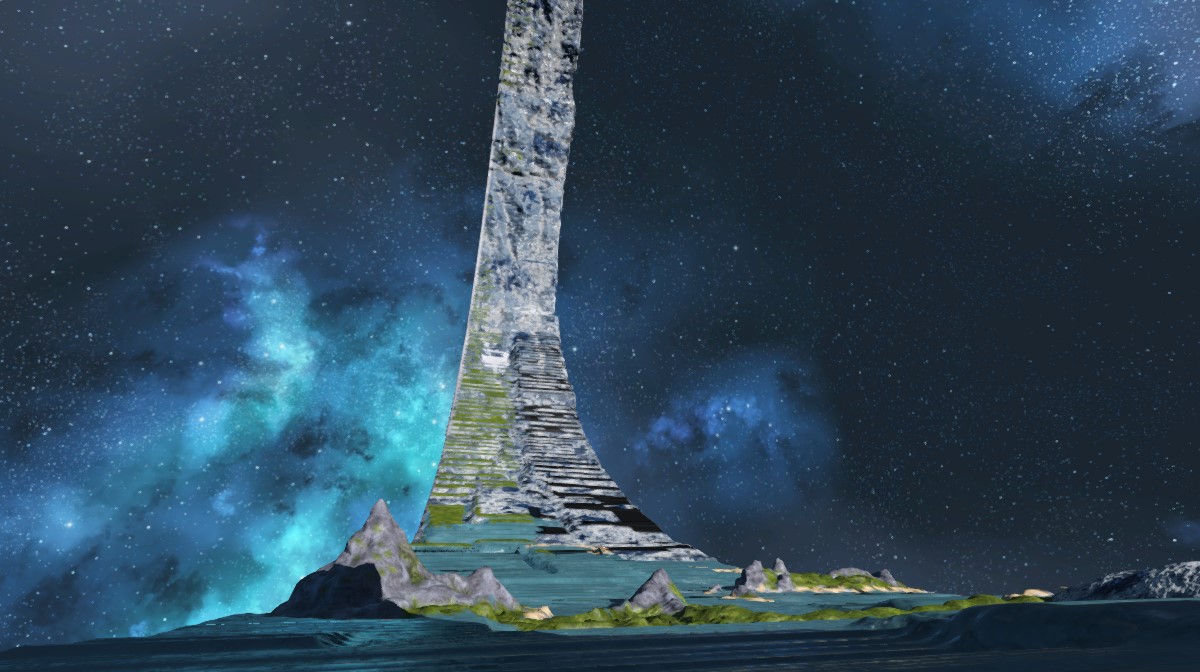Z.W. Wolf
Senior Member.
Reminder: What we are seeing is the edge of a circle.
Stand in any one of the three circles on a basketball court. Turn around in place. From your perspective the edge of the circle in your line of sight will be the point farthest away from you. It will therefore appear to be the top of the circle. There will always be a top of the circle as you turn through 360 degrees.
The horizon on a sphere Earth is a circle all around you. The circle is defined by where your line of sight meets the surface. That's what creates the edge of the circle. There will always be a top of the circle.
As you turn 360 degrees, the edge of the circle in your line of sight will always be the part of the circle farthest away from you, and from your perspective that will always be the top of the circle.
So what does this mean?
On a huge plane surface there wouldn't be any circle. There wouldn't be anything to define the edge of the circle. (Unless someone painted one on, like the paint on the basketball court.) Therefore the horizon on a plane Earth wouldn't be a circle and wouldn't show any curve.
Stand in any one of the three circles on a basketball court. Turn around in place. From your perspective the edge of the circle in your line of sight will be the point farthest away from you. It will therefore appear to be the top of the circle. There will always be a top of the circle as you turn through 360 degrees.
The horizon on a sphere Earth is a circle all around you. The circle is defined by where your line of sight meets the surface. That's what creates the edge of the circle. There will always be a top of the circle.
As you turn 360 degrees, the edge of the circle in your line of sight will always be the part of the circle farthest away from you, and from your perspective that will always be the top of the circle.
So what does this mean?
On a huge plane surface there wouldn't be any circle. There wouldn't be anything to define the edge of the circle. (Unless someone painted one on, like the paint on the basketball court.) Therefore the horizon on a plane Earth wouldn't be a circle and wouldn't show any curve.
Last edited:



